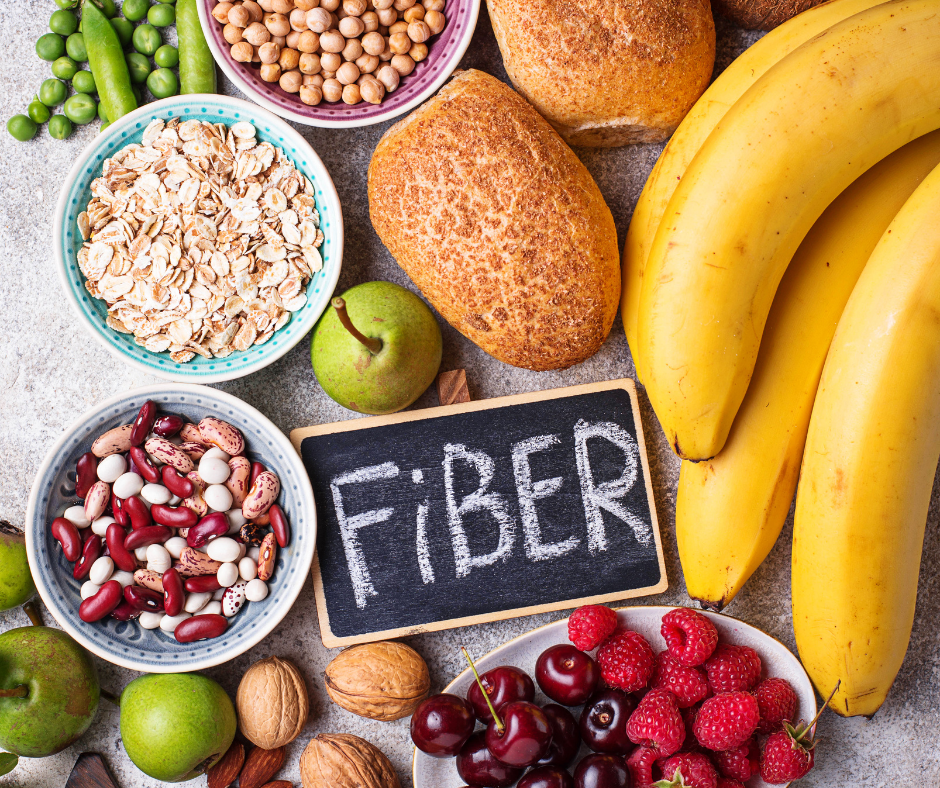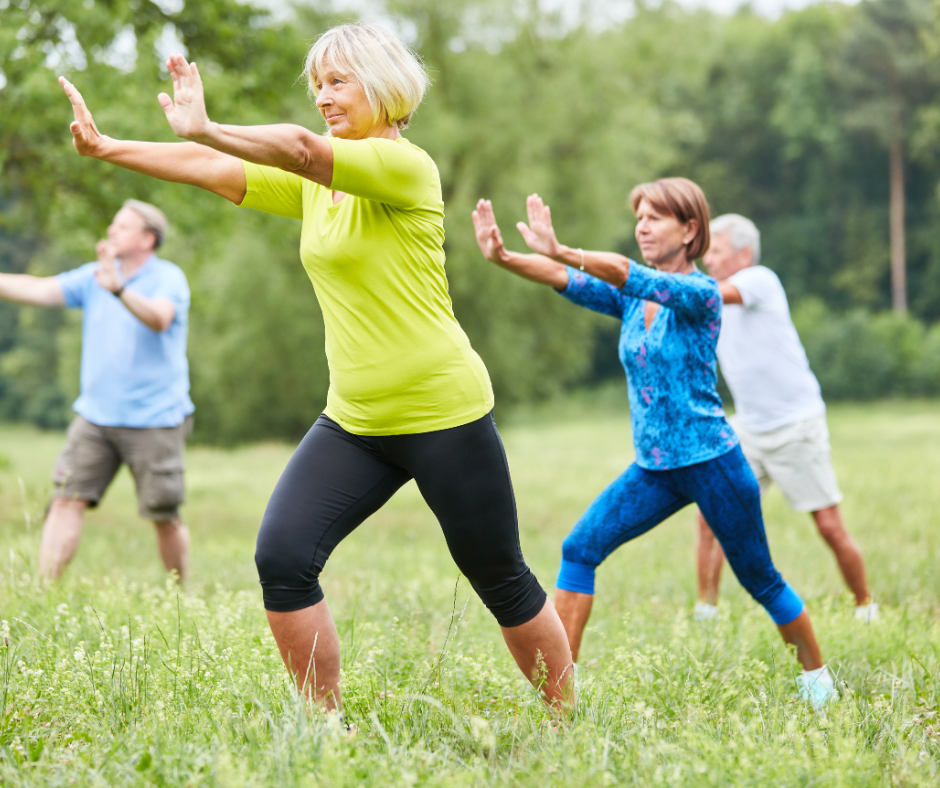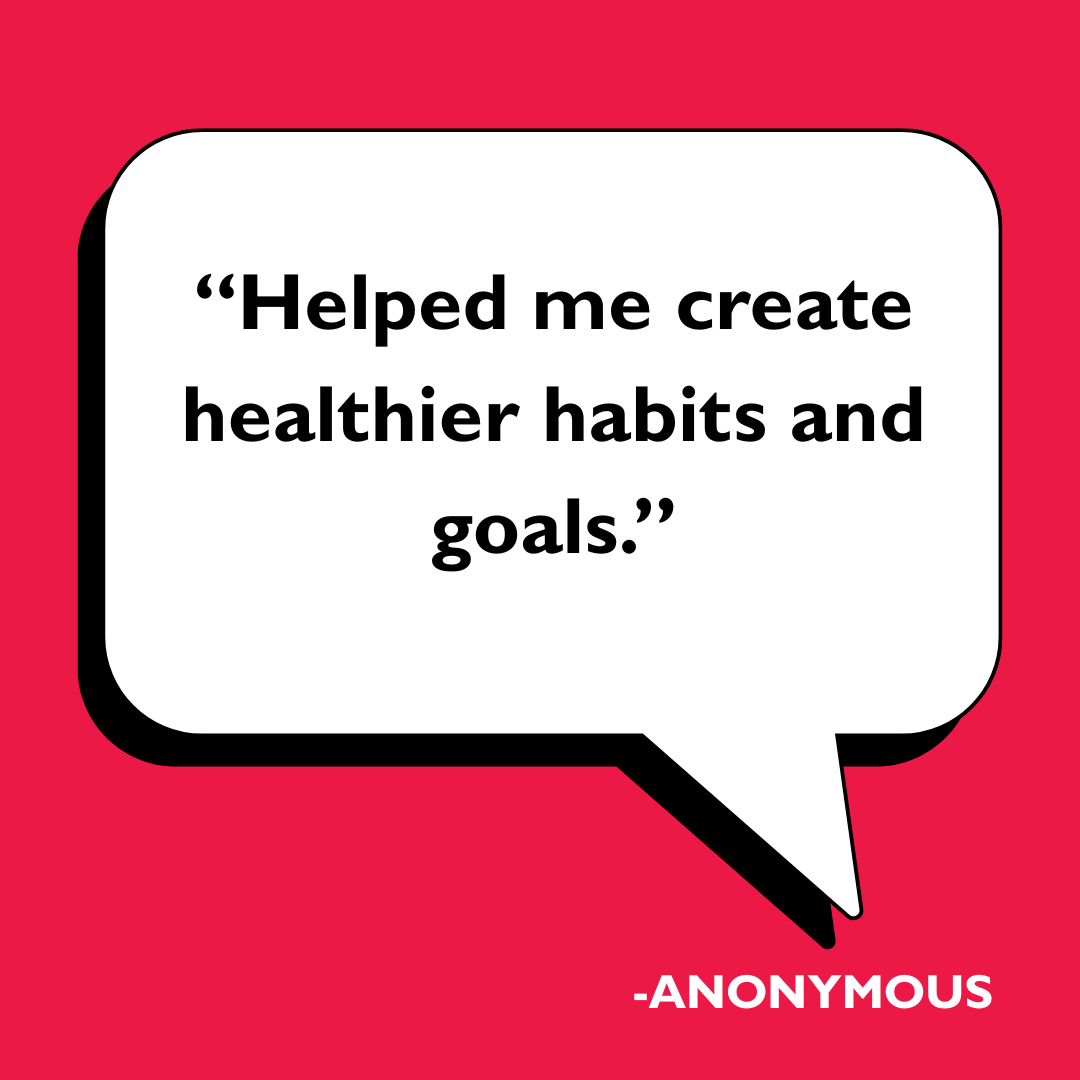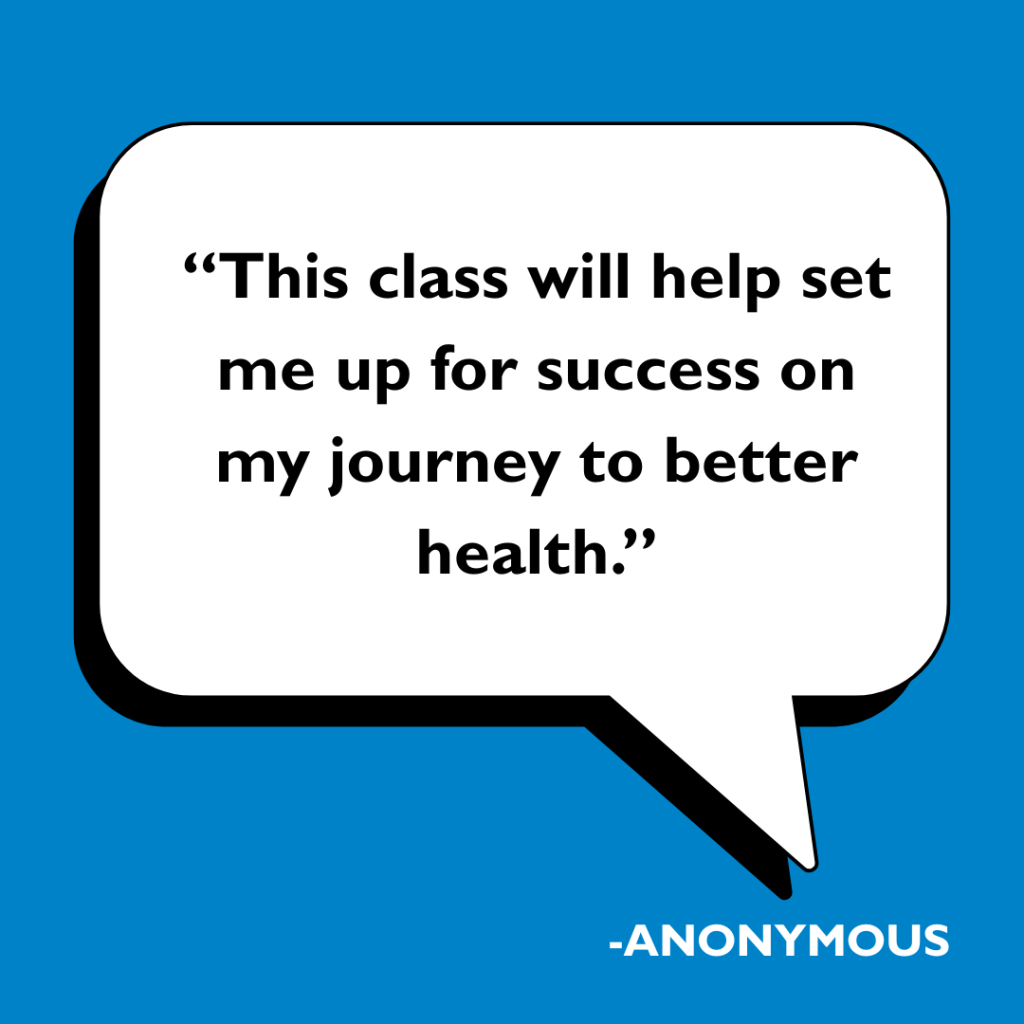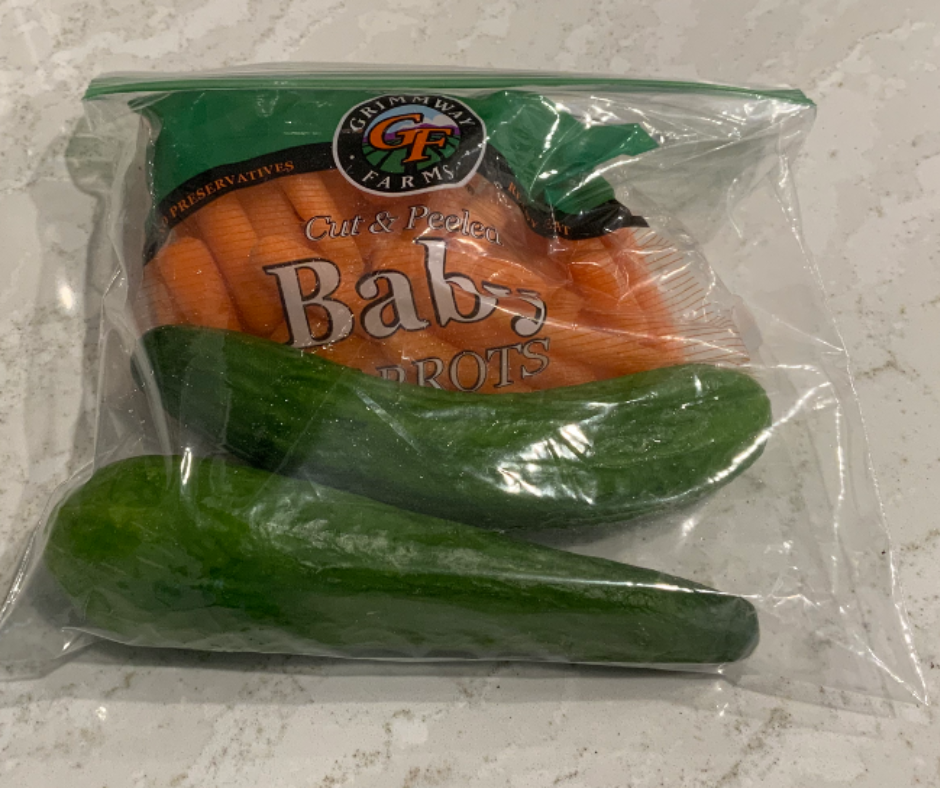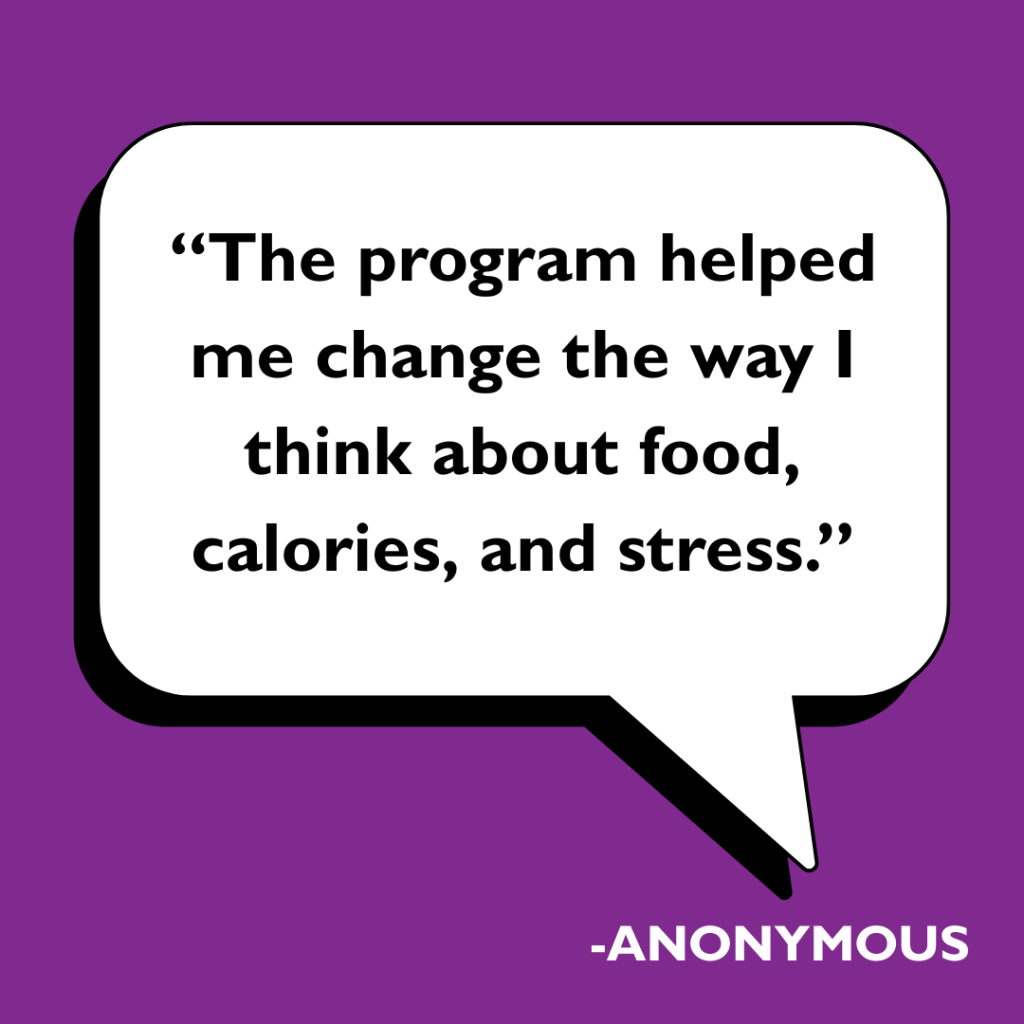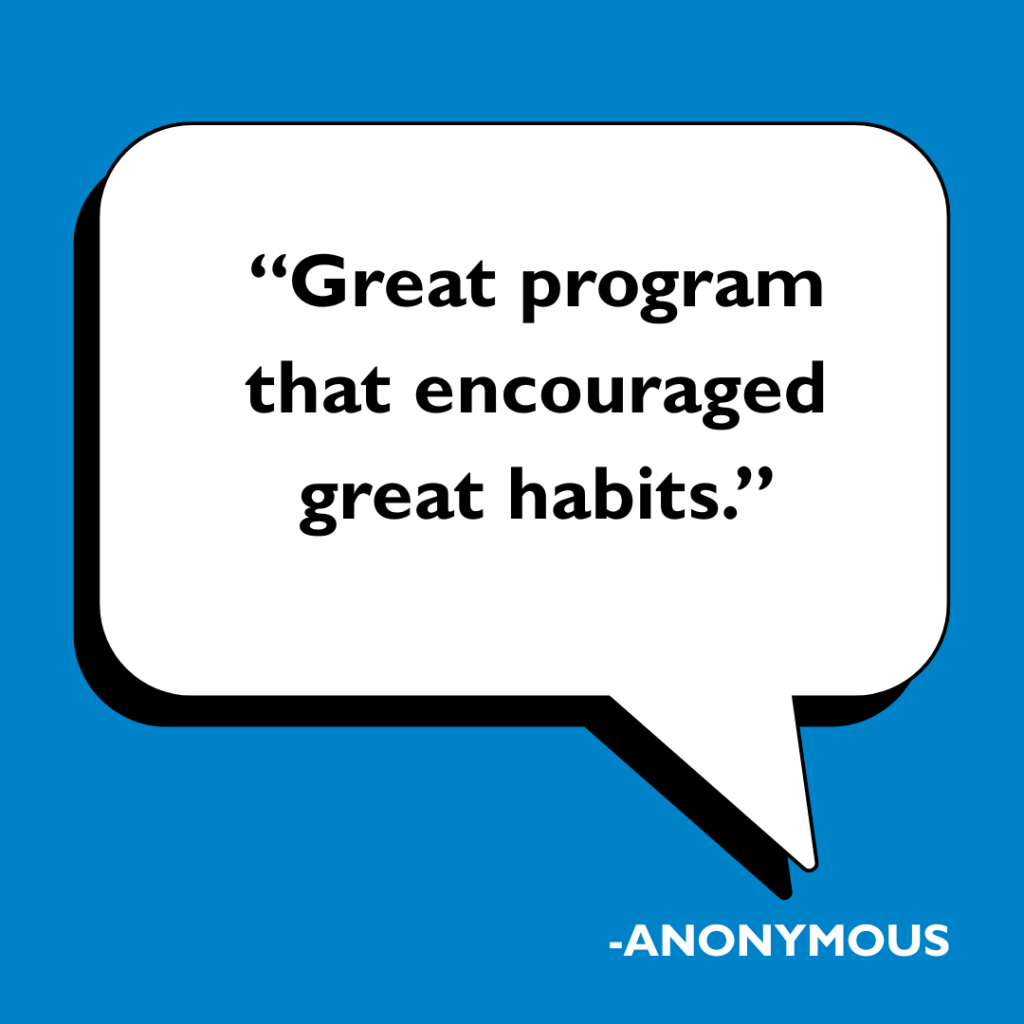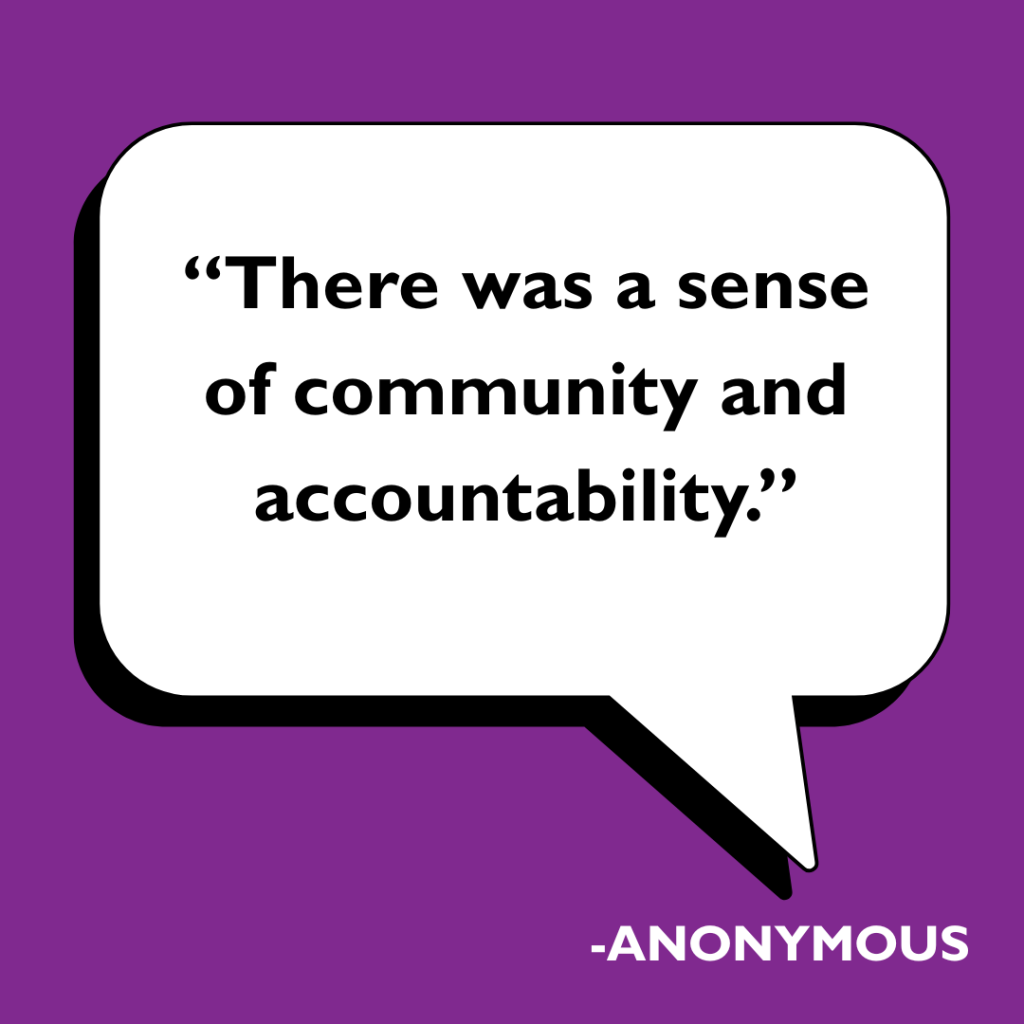“I was referred to the ESMM program by a friend who had taken it as a on-site program years before, advising me it was a great way to learn how to permanently lose weight and develop healthy habits for life.
Thank goodness for that referral! The program has been a tremendous success for me. I started at a weight of 278 lbs, a waist of 54 inches, A1c of 7.0, and generally was not focusing on my health. One year later, I have attained the benefits of weight loss of almost 50 lbs, reduced my waist by 6 inches, reduced my A1c to 6.1, and am getting a lot more exercise.
The first six months of weekly virtual meetings were easy to attend, even though I travel a good bit. The instructor, Emma, was very effective in making the discussions interesting and held my attention by her practical examples. This weekly checkin, paired with my use of Noom to track my daily eating habits, allowed me to be very aware of what I was eating that was NOT helping, and seeing that I was making progress towards eating foods that were effective in reducing my hunger, while being a lot healthier for me. Tips on food prep and having good quality snacks handy and visible in the kitchen were a frequent reminder to skip the chips and grab some fruit that was waiting in the bowl on the counter. The weekly planning method helped me stop making last minute hungry choices and instead allowing me to have the right foods at hand to get my helping of vegetables and fruits, choosing better proteins, and skipping the white bread/white rice syndrome.
The second six months consisted mostly of reinforcement and plans to prevent relapses to old habits, and to constantly see the benefits of staying on track to gain the objective I was shooting for.
The two booklets the program provided were very helpful (and a great reminder) at enabling me to capture my weight and activity, as well as a reference for good habits and reminders of information from our class meetings to have handy to look at when I was not near a computer. Being able to see my progress in the charts in the front pages was a constant positive reminder of my progress. Emma’s lessons, although less often in the second six months, were still very important in reinforcing the process of making continual progress toward my goal.
I have achieved success beyond my goal and see that I can continue making progress. The end of the program was not the end of the improvement – it was a milestone in the path to a better, healthier, more fun-filled way to choose healthier options without bothering or frustrating those around me. In fact, one of the habits I developed to get more exercise – borrowing a neighbor’s dog to get me out and walking more – had a wonderful side benefit of enabling me to meet more neighbors when I moved into my new neighborhood.
Thank you, Emma, and thank you, ESMM.”
– John, a successful Eat Smart, Move More, Prevent Diabetes participant
Don’t miss another great blog: Subscribe Now
